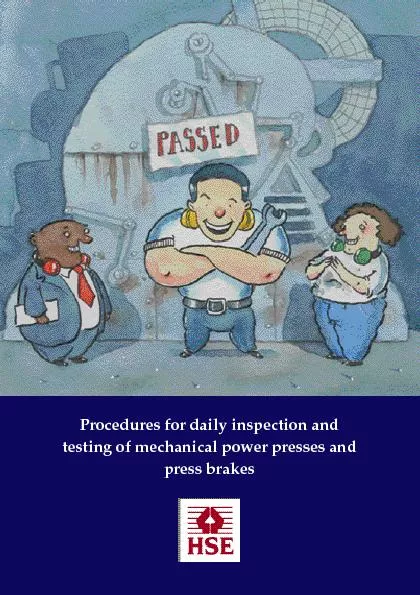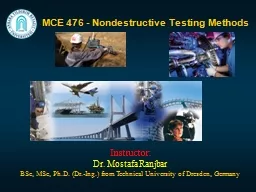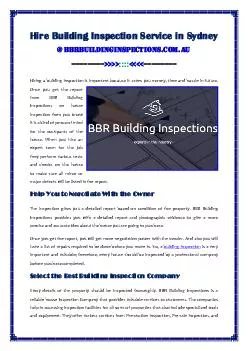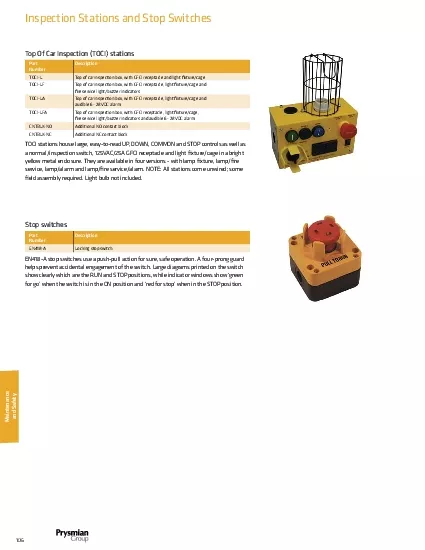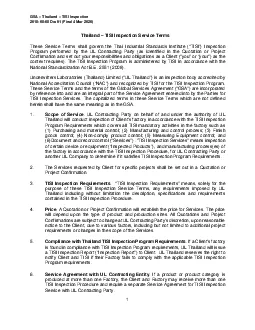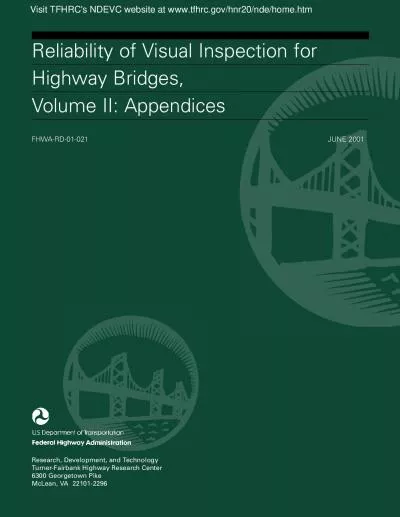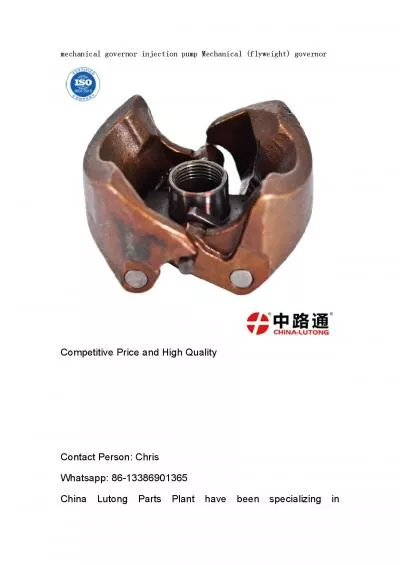PDF-Procedures for daily inspection and testing of mechanical power presse
Author : alexa-scheidler | Published Date : 2016-07-12
3 n power on with power sources restored to the machine These tests can be either n static with the machine stationary or n dynamic with the machine operational
Presentation Embed Code
Download Presentation
Download Presentation The PPT/PDF document "Procedures for daily inspection and test..." is the property of its rightful owner. Permission is granted to download and print the materials on this website for personal, non-commercial use only, and to display it on your personal computer provided you do not modify the materials and that you retain all copyright notices contained in the materials. By downloading content from our website, you accept the terms of this agreement.
Procedures for daily inspection and testing of mechanical power presse: Transcript
Download Rules Of Document
"Procedures for daily inspection and testing of mechanical power presse"The content belongs to its owner. You may download and print it for personal use, without modification, and keep all copyright notices. By downloading, you agree to these terms.
Related Documents

